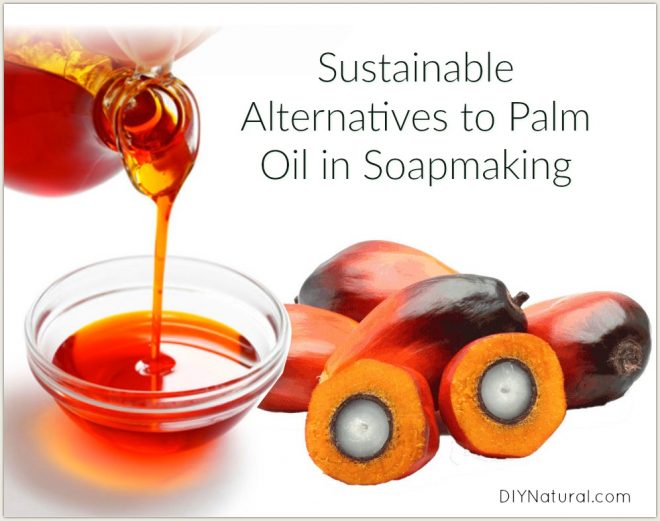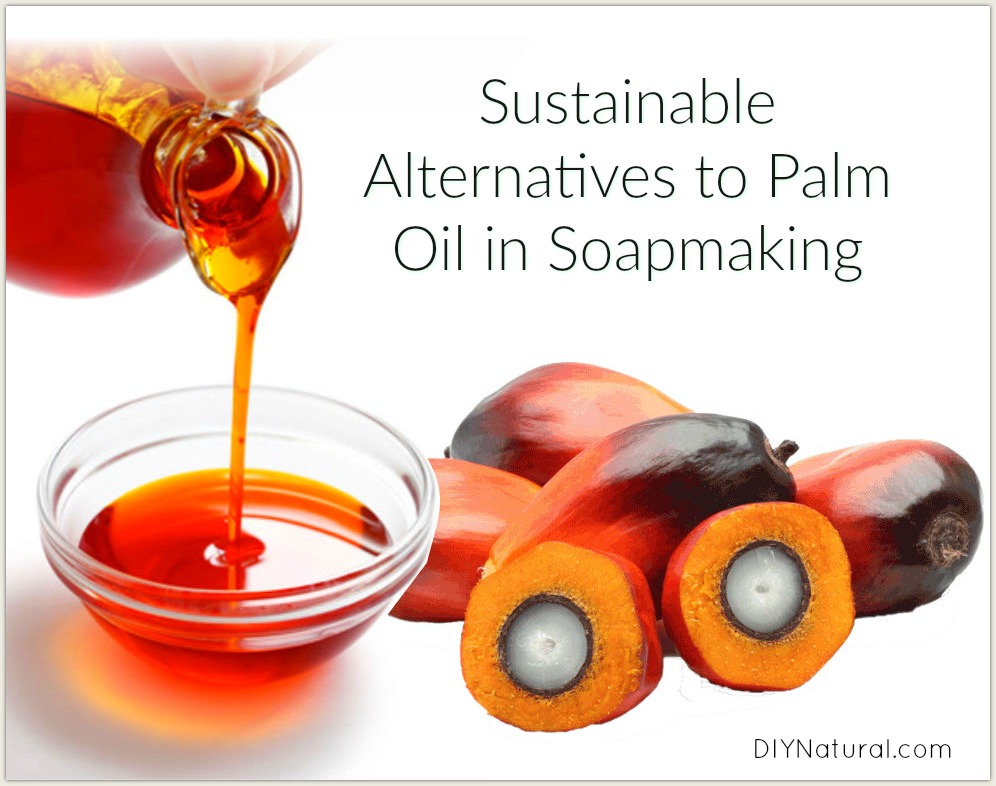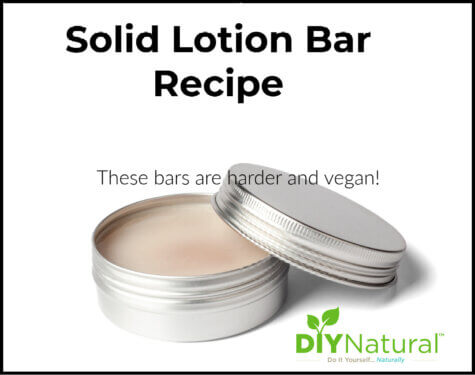
For years we made due with what was available at the grocery store for making soap. Then, as more and more of us began using oils besides olive oil, shortening, and soybean oil, different oils became more readily available. One of those oils is palm oil, also known as palm fruit oil.
Should You Be Using Palm Oil?
Palm oil is a shelf stable semi-solid oil that provides a good source of steric acid, one of those oils that helps contribute to the hardness of a bar of soap. But there is controversy about the use of palm oil being unsustainable – the production of many brands is threatening the orangutan population.
A closer look at the palm oil issue turns up some good clarification on the topic and some alternatives to using this oil.
Origins of Palm Oil
Palm oil is an oil that comes from palm tree fruit. It is normally reddish in color, due to the high amount of carotenoids. It is sometimes boiled and strained, leaving an ivory to tan color in the oil. Palm kernel oil is different in that it is more solid and has higher amounts of wax. Coconut oil, also related, comes from the coconut palm, not the oil palm.
The Problem With Palm Oil
Many of the oil palms that have had fruit harvested have been in Malaysia, the primary residence of the Sumatran orangutan, which is on the endangered species list. The people of Malaysia agreed to limit planting, therefore not infringing on the orangutans’ environment – but expansion of oil palm farms has continued to grow.
Are There Any Sustainable Palm Oil Brands?
There are a handful of companies that only use sustainably harvested palm oil. Many of these companies are members of the RSPO, or the Roundtable on Sustainable Palm Oil. This is a group that brings together companies that buy from or produce palm oil that is sustainable – not just in helping to save the environment of the orangutan, but also to give a fair wage to farmers and to help them farm organically. There are currently 296 companies registered with the RSPO, as awareness of the palm oil issue is growing.
So while the controversy over palm oil can be a heated one, you will still see us recommend sustainably-sourced palm oil in some of our recipes. We normally recommend this sustainable brand, which is organic and RSPO certified.
Palm Oil Alternatives for Soapmaking
If you do not want to use palm oil and still want to make soap, there are some good alternatives.
For Recipes Using Weight
If using a recipe with weighed ingredients, a good idea would be to run the soap recipe through a lye calculator. This is a chart that, when given the amounts of certain oils, will in turn give you the approximate amount of lye and water needed to convert those oils into soap. (Please note that I said “approximate” – nothing in soap making is 100%.) You will need to experiment to find out the exact amount you need. I usually go with a middle-of-the-road number since it can range. For example: if a recipe says 4-8 ounces of lye is needed, start with 6 ounces until you know for sure. Write everything down so you remember it for future batches.
For Recipes Using Measured Amounts
If using a measured amount recipe, such as the one I wrote about here, you’ll need to stay within the same SAP range. SAP is a complicated calculation, but basically it’s a number given to an oil that helps determine how much lye is needed to turn that oil into soap. There are many SAP charts available on the Internet and all of them work in one of two ways; they will either list the amount of lye needed or the amount of potassium hydroxide. Remember that these are two very different things: lye, or sodium hydroxide, is used to make hard bar soap; potassium hydroxide is used to make liquid soap.
For the sake of this article, we will be using the sodium hydroxide chart. Palm oil has a SAP value of .141. Looking at different oils on the same chart, you could use any of the following without changing the recipe:
- Sweet Almond Oil
- Cottonseed Oil (which is a primary ingredient in shortening)
- Grapeseed Oil
- Lard
- Tallow
- Venison Fat
- Olive Oil
- Rice Bran Oil
- Safflower Oil
- Shortening
- Soybean Oil
- Sunflower Oil
Some other oils such as jojoba oil have a lower SAP value, which means it takes less lye to turn it into soap, and some have a much higher value, which means you need more lye to turn it into soap. If you stay within a few points of the original SAP value, you will not need to adjust the recipe at all.
Also be aware that if you use a liquid oil such as almond, sunflower, or safflower, it may take longer than the initial 24 hours to set up. If your soap is still soft and sticky in a day and you’ve substituted a liquid oil, leave it in the mold longer. It will be fine after a few days.
Do you make soap? If so, have you found any other viable alternatives to palm oil?
*******




Can you use argan oil instead & how much should I use? Thanks.
Hi Cheryl! Argan oil is a bit different in that the SAP value is .135 and palm oil is .141. This says that it takes less lye for the argan oil to become soap, so you would have some lye left over. For this much of a difference, I would suggest using a lye calculator. You wouldn’t want to be guessing because Argan oil is quite expensive. I don’t use it for a base oil for that reason, but as an additive. For the size batch I normally make, which ends up about 3 cups, I use about 2 tablespoons at the trace to be sure all of the other oils are incorporated by the lye first.
Hi!
I’m Judith, i live ni Tanzania at musoma town.
I am a soap makerm i want to know how to use palm oil for making soaps àspacial bar soap and toilet soap
Thank you
Hi Judith! There are many articles on making soap. Check out my soap making article here at DIY Natural to see how easy it can be. Palm oil is a compatible 3rd oil and can be used in place of shortening without problems. For other recipes, be sure to run it through a lye calculator to be sure you are getting the right amounts of everything.